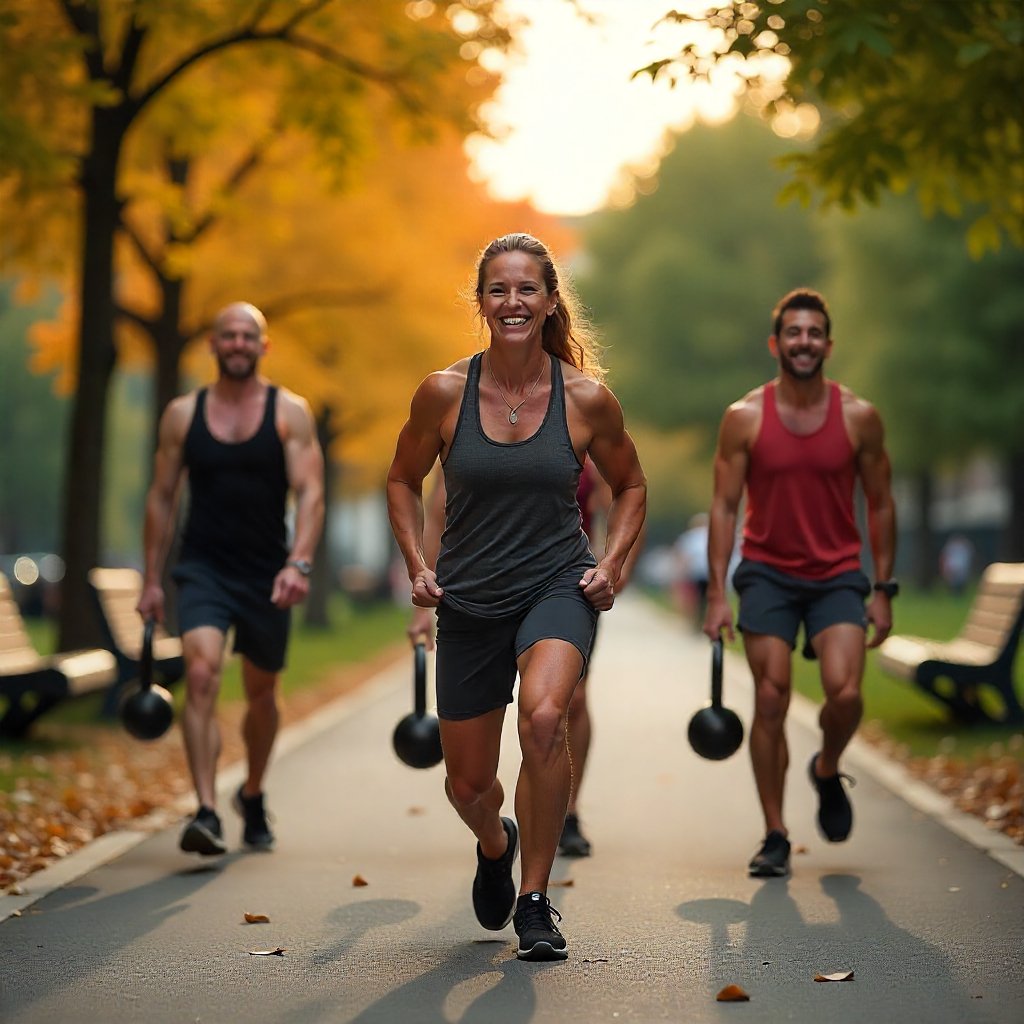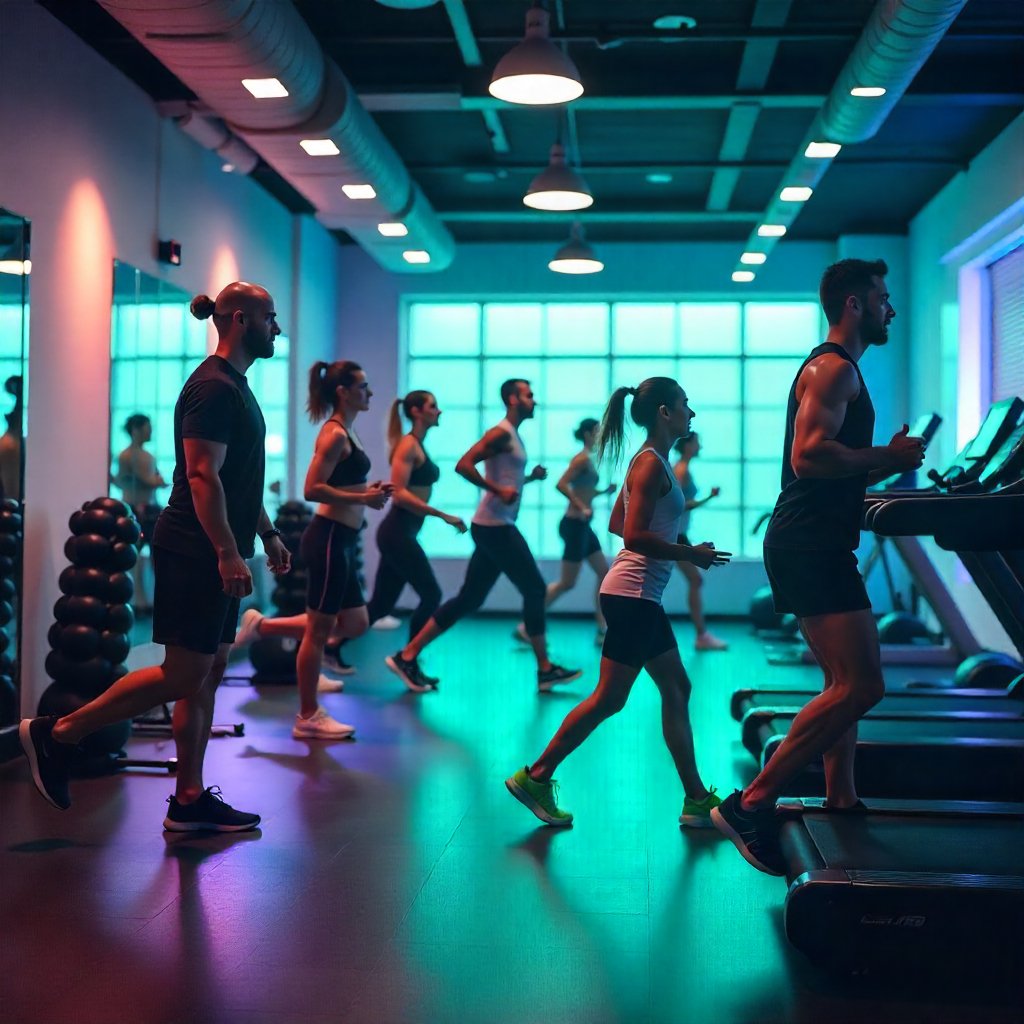Functional fitness emerged as a practical approach to exercise, drawing from rehabilitation principles and athletic training to prioritize movements that translate directly to daily activities. Unlike traditional gym routines focused on aesthetics, it emphasizes multi-joint, compound exercises that build functional strength, mimicking actions like lifting groceries, climbing stairs, or playing with kids. This training style gained traction among fitness professionals for its holistic benefits, supported by organizations like the American College of Sports Medicine (ACSM), which highlights its role in enhancing overall movement quality.
What is Functional Fitness?
Functional fitness revolves around exercises that improve how your body performs in real-world scenarios. Think squats that make bending to tie your shoes feel natural, or deadlifts that strengthen your back for gardening without strain. This training style uses tools like kettlebells, medicine balls, and bodyweight to engage multiple muscle groups simultaneously, promoting coordination and core stability.
At its core, functional fitness shifts the focus from isolated muscle pumps to integrated movement patterns. It incorporates elements from yoga, Pilates, and CrossFit, but always with an eye toward practicality. For instance, a simple farmer’s carry—walking while holding weights in each hand—trains grip strength, posture, and endurance, all essential for carrying shopping bags or chasing after pets.
Experts define it as strength training that boosts balance, coordination, and endurance, directly mirroring everyday tasks like sitting, standing, and reaching. This makes it accessible for beginners and advanced athletes alike, requiring minimal equipment and adaptable to any space, from home gyms to parks.
The Transformative Benefits of Functional Fitness
Incorporating functional fitness into your routine yields profound advantages beyond the gym. It enhances performance in daily activities, making chores and hobbies less taxing and more enjoyable. Research shows it builds muscle, increases aerobic capacity, and improves power, helping you navigate life with greater ease.
One standout benefit is injury prevention. By strengthening stabilizing muscles around joints, it reduces the risk of strains during unexpected twists or lifts. For older adults, it’s a game-changer, supporting independence through better balance and mobility—key to avoiding falls and maintaining an active lifestyle. Athletes love it for sports-specific gains, like explosive power for tennis serves or endurance for hiking.
Moreover, functional fitness boosts mental resilience. The variety keeps workouts engaging, reducing burnout while fostering a sense of accomplishment as you notice real-life improvements. Studies link it to better posture, reduced back pain, and even enhanced cognitive function through coordinated movements. In essence, it’s not just about looking fit; it’s about living stronger.
Emerging Trends Shaping Functional Fitness
The landscape of functional fitness is evolving with innovative integrations that make training smarter and more inclusive. Hybrid workouts blend strength sessions with cardio or mindfulness, creating seamless routines that fit busy schedules. Imagine a circuit combining kettlebell swings with yoga flows for a full-body reset.
Technology is revolutionizing personalization, with wearable devices tracking form and progress in real-time. These tools provide data-driven feedback, optimizing movements to prevent imbalances and maximize gains. AI-powered assessments analyze biomechanics, suggesting tweaks for safer, more effective sessions.
Community-driven events, like those from the International Functional Fitness Federation, are fostering global participation, with new federations emerging to standardize competitions and training standards. Brands are launching platforms focused on functional strength, emphasizing holistic approaches that incorporate recovery and nutrition. These trends underscore functional fitness’s shift toward sustainable, tech-enhanced wellness.
How to Incorporate Functional Fitness into Your Routine
Getting started with functional fitness is straightforward—no fancy memberships required. Begin with a warm-up of dynamic stretches, like arm circles and leg swings, to prime your body. Aim for three sessions per week, 20-30 minutes each, progressing as you build confidence.
Focus on compound movements: squats, lunges, pushes, pulls, and carries. Use household items like water jugs for weights if needed. Consistency trumps intensity; listen to your body and consult a professional if you have pre-existing conditions.
Pair it with daily habits—turn your morning coffee run into a loaded carry by holding grocery bags. Track progress with a journal, noting how tasks feel easier over time. This mindful integration ensures long-term adherence and visible results.
Sample Functional Fitness Workout for Beginners
Ready to move? This 20-minute circuit targets full-body functionality. Perform each exercise for 30-45 seconds, rest 15 seconds, and repeat the circuit three times. No equipment? Use bodyweight variations.
Goblet Squat: Hold a dumbbell or bag at chest level, lower into a squat as if sitting back into a chair. Builds leg strength for stairs.
Push-Up to Plank: From plank, lower into a push-up, then hold. Enhances upper body stability for pushing doors or carts.
Single-Leg Romanian Deadlift: Hinge at hips on one leg, reaching forward. Improves balance for uneven terrain.
Farmer’s Carry: Walk while gripping weights at sides. Mimics carrying loads, boosting grip and core.
Cool down with deep breaths and stretches. As you advance, add variations like one-arm carries for asymmetry challenges.
Why Functional Fitness Deserves a Spot in Your Life
Functional fitness isn’t a fleeting fad—it’s a foundational shift toward resilient, joyful movement. By prioritizing exercises that echo life’s demands, you cultivate a body primed for adventure, not just aesthetics. Whether easing household chores or powering through sports, its ripple effects enhance every facet of well-being.
Embrace this approach today, and watch ordinary moments become effortless triumphs. Your future self will thank you for investing in strength that lasts.







